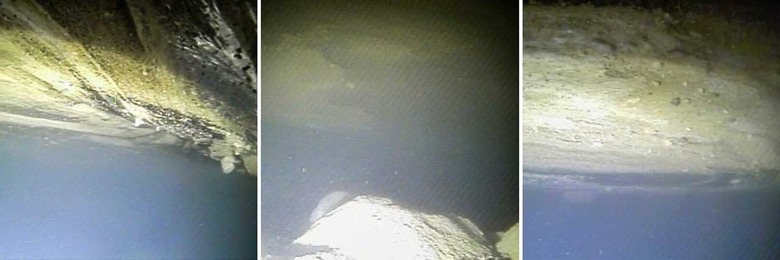Researchers Get A Look Under Thwaites Glacier Using Icefin Probe
Scientists have spent some time in Antarctica studying the Thwaites glacier and Kamb Ice Stream using a new tool. The new tool is a probe called Icefin that gave the first look at the underside of the glacier. The MELT team has been stationed in Antarctica for the last two months working to deploy ocean instruments and core sediments to gather data on one of the most important and hazardous glaciers in Antarctica.The most interesting data for the study came from the Icefin underwater robot that was able to navigate the waters under Thwaites Glacier and collect data from the grounding zone where the glacier meets the sea. Icefin was designed specifically to be able to access grounding zones of glaciers where observations have been nearly impossible in the past.
The probe allows the scientists to dive under miles of ice to measure and map processes that can't be reached otherwise. Scientists on the team worked in hazardous conditions with high-winds and temps below -22F to get close enough to the coastline for Icefin to reach the grounding zone. A hot water drill drilled though up to 2,300 feet of ice to get to the ocean seafloor below.

Icefin than swam more than a mile from the drill site to the Thwaites grounding zone to measure, image, and map the melting and gather data that can be used to understand the landscape and conditions. A second Icefin was launched into the grounding zone of the Kamb Ice Stream, which is part of the Ross Ice Shelf.
Thwaites Glacier is an important area of study for scientists as it is particularly susceptible to climate and ocean changes. Its melting accounts for 4 percent of global sea-level rise. The team says that the amount of ice flowing out of the glacier has nearly doubled in the last 30 years, making it one of the most rapidly changing areas in the Antarctic.
